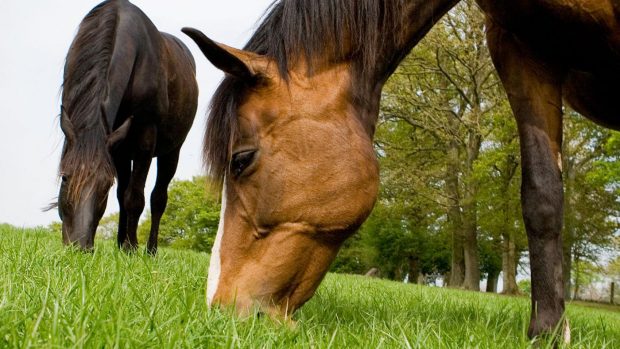View horses for loan
Q: I am entering into a share agreement for one of my horses, where a lady will be looking after him 3-4 days per week and contributing £25 per week for his upkeep. I am also putting a pony on permanent loan as a companion. Please could you advise me on the sort of contract I need for both situations, and how I go about drawing them up so they are legally binding?
A: Think carefully before entering into a permanent loan agreement, as it is not unknown for loaners to sell horses on without informing the owner. It may be better to set up an agreement that lasts for two or three years, with the option of continuing for another fixed term. If you don’t know the loaner well, you may want to get references, too.
You will need similar written contracts for both the share and loan agreements; these should be drawn up before the agreements start. You can draw up your own contract — there is a good sample one on the BHS website. We strongly advise getting the document checked over by a legal advisor before it is signed and witnessed, to ensure it is a legally binding agreement.
Both agreements should include:
- Start and finish date, names and addresses of the owner and loaner, details of the horse or pony
- Early termination conditions, for example, if the owner believes the horse isn’t being correctly cared for
- Where the horse will be kept and conditions of accommodation, such as overnight stabling and restricted summer feeding
- What access the owner will have to visit the horse if stabled away from home to check it is in good health
- Information the loaner needs to know to keep herself and the horse safe, such as if it is terrified of large vehicles, so should not be ridden on roads
- Activities the horse can and cannot carry out
- Details and condition of equipment provided with the horse, stating the make, size and colour
The loan agreement should also include:
- Veterinary care, such as regular checks, and who will pay for this; the obligation for the loaner to contact the owner if the horse becomes seriously ill; the owner’s consent for the horse to be put down if a vet advises it to be immediately necessary
- Insurance cover and farriery responsibilities
- The fact that the loaner cannot sell, loan or lease the horse to anyone else and that the horse is loaned at the loaner’s risk
The sharer agreement should also include:
- The amount and frequency of payments to be made by the sharer and the method of payment
- The frequency and duration of times they will spend with the horse and all work they will be expected to carry out, such as mucking out and feeding
- Any other benefits they will receive, such as time spent riding or going to shows
- What happens if either party goes on holiday and who will care for the horse
You and the loaner/sharer must be happy with everything included in the contract. Provided that is the case, it must be signed by both parties, and witnessed by two people, one of whom knows the owner well, and the other the loaner/sharer.
All parties should have a copy of the contract.
View horses for loan




